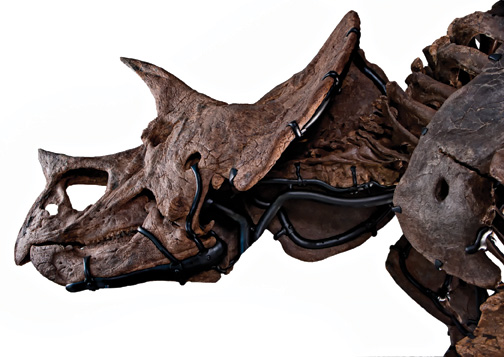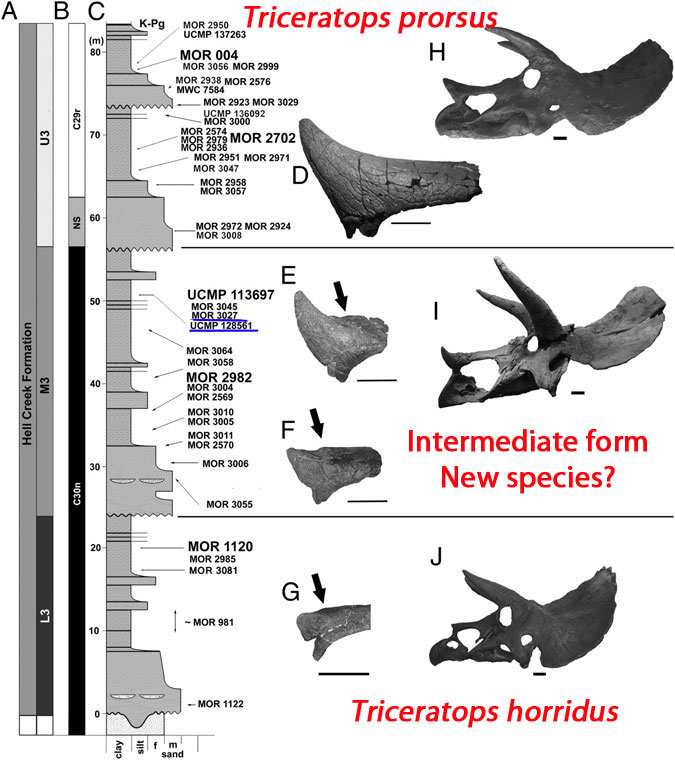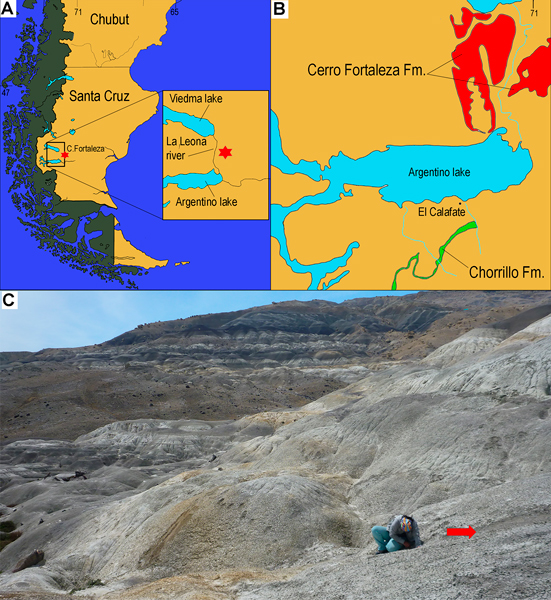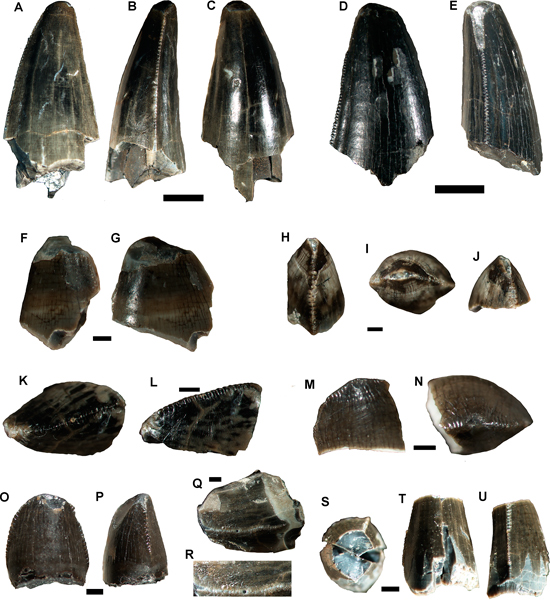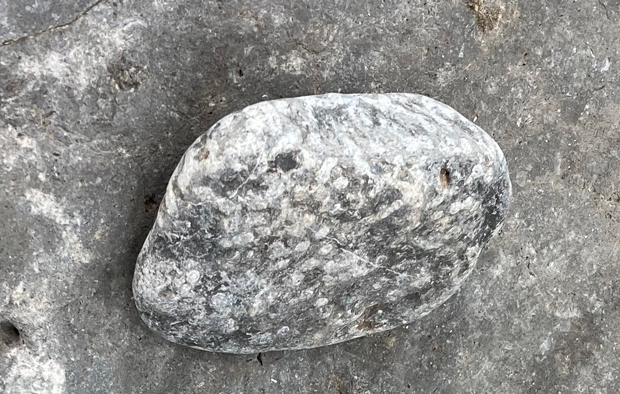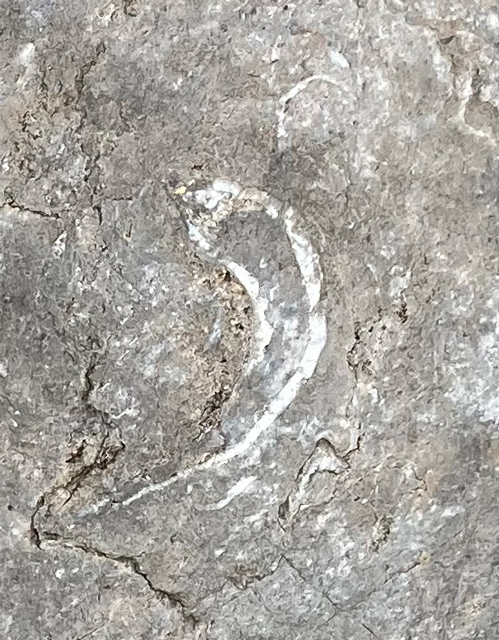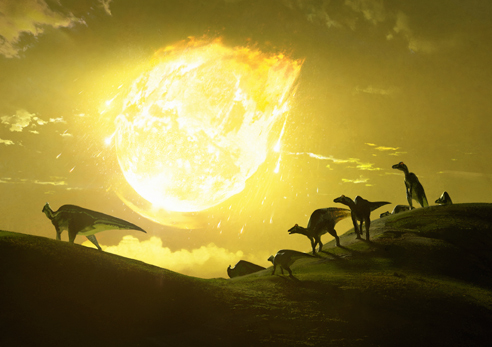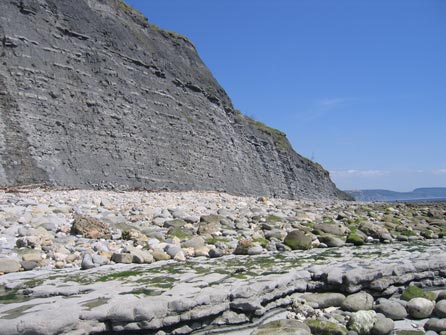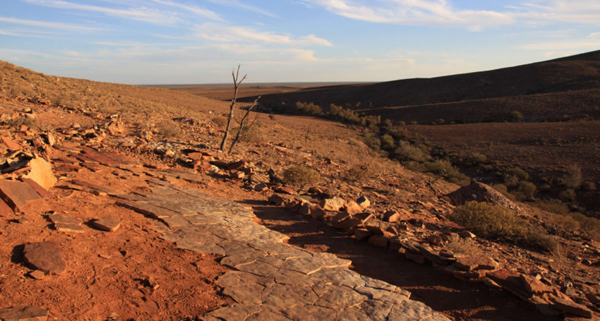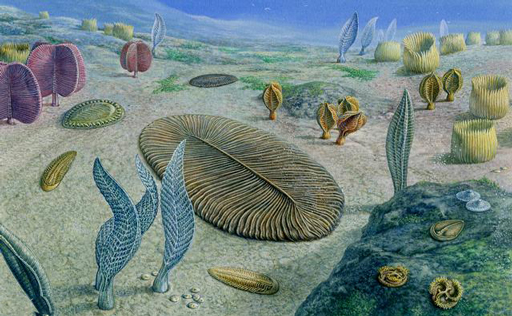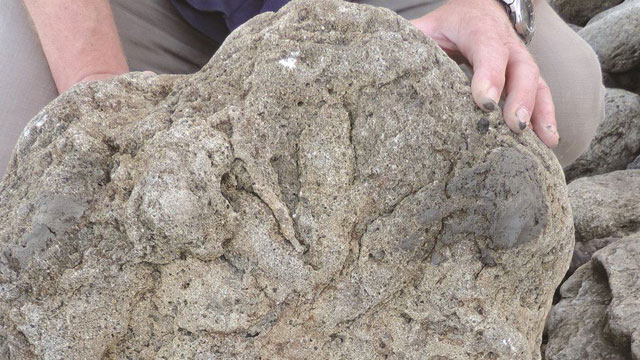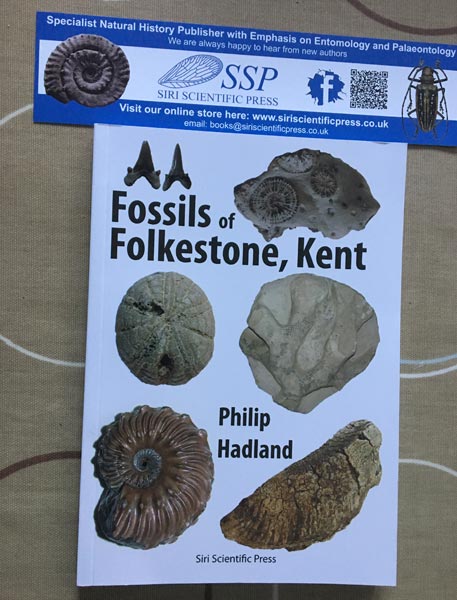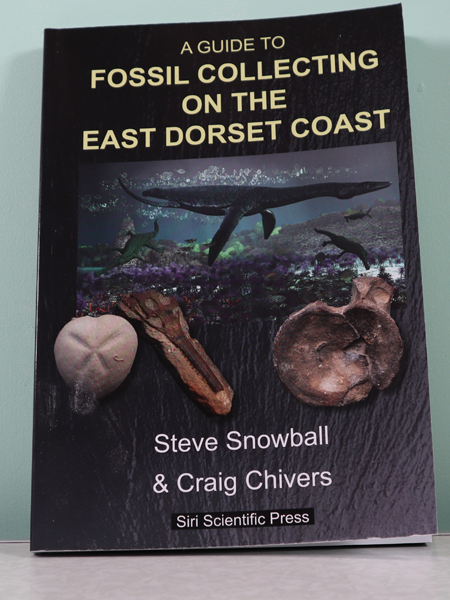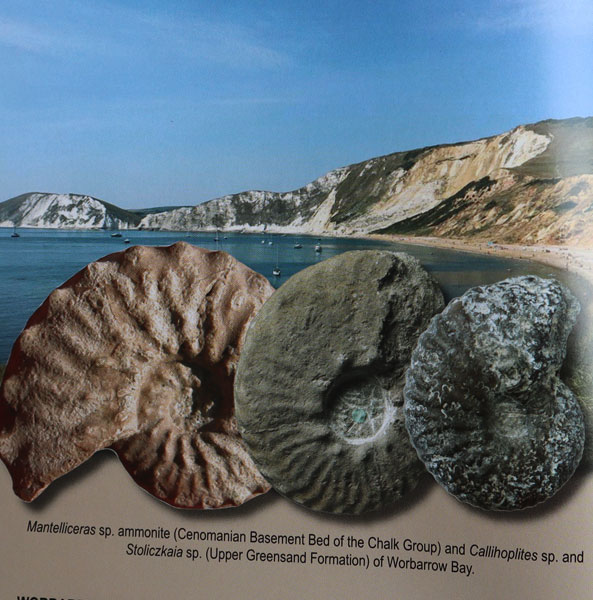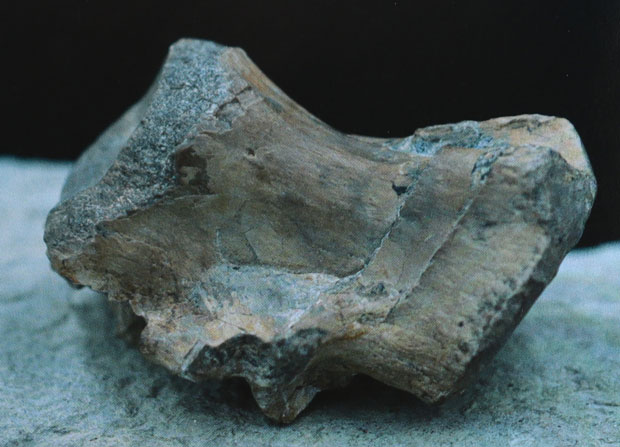Articles, features and stories with an emphasis on geology.
A Time Traveller’s Guide to Fossil Hunting on the West Dorset Coast
When visiting Lyme Regis and other parts of the Jurassic Coast we are often aghast at the huge numbers of fossil hunters to be seen on the beach. We tend to avoid the late summer months as this beautiful part of the Dorset coast will have been virtually picked clean of all the fossil material. The tide might continue to wash out the remains of creatures from an Early Jurassic sea, but the enthusiastic holidaymakers and tourists soon make short work of whatever has been deposited on the beach.
Sitting on some large rock, comfortably away from the dangerous cliffs, with a flask of tea and a local pastie to sustain us, we are often approached by beachcombers curious to ask our advice or to receive assistance in identifying their finds. Diligently and politely, we offer what assistance we can, but amongst the hubbub we often think what it would have been like to have explored the foreshore in earlier times, before this stunning coastline became a haven for tourists.
Thanks to a new, delightful book by Steve Snowball and Craig Chivers, we have the opportunity to do so.
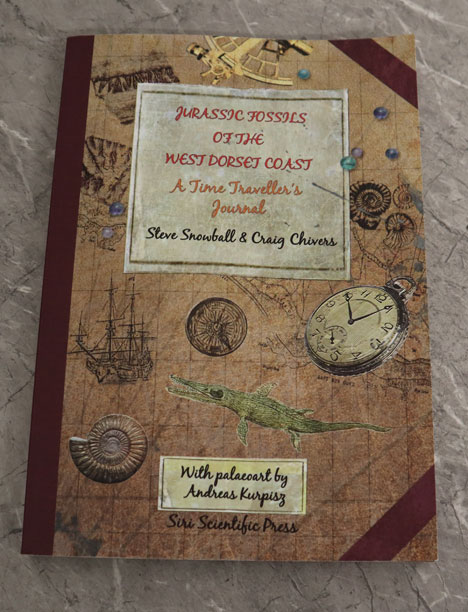
“Jurassic Fossils of the West Dorset Coast – A Time Traveller’s Journal”
The fourth collaboration between devoted fossil hunters Steve Snowball and Craig Chivers takes the form of an Edwardian diary. Imagine finding on the beach at Charmouth an old journal that catalogues the visit of two Edwardian gentlemen to the west Dorset coast at the beginning of the 20th Century. Starting at Seatown and Golden Cap, the two explorers record the geology, the fossil discoveries and the Dorset landscape over a period of eight days, culminating with a trip to Pinhay Bay where the strata records the boundary between the Triassic and the Jurassic.
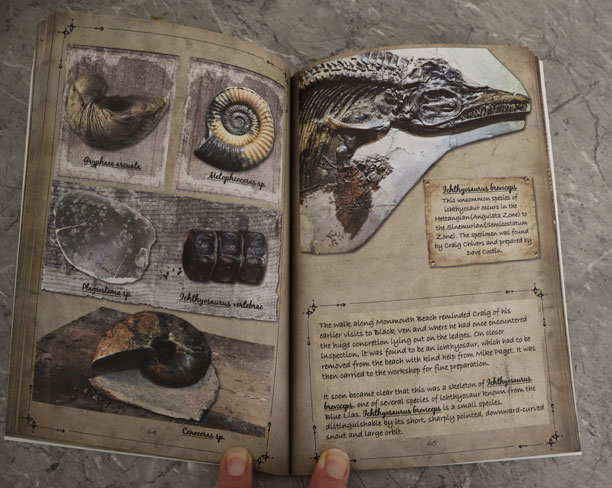
Illustrations by Andreas Kurpisz
Produced by Siri Scientific Press and with illustrations by Berlin-based artist Andreas Kurpisz, this is a novel and quirky guide to fossil hunting on the west Dorset coast. There is a copious amount of helpful information provided on each location, with notes and lots of photographs of fossils associated with the site. Talented artist Andreas Kurpisz provides colourful illustrations depicting prehistoric scenes – there are even one or two dinosaurs featured.
At around 160 pages long, this is a most informative guide, we particularly enjoyed examining the biostratigraphical maps provided and the accompanying images of strata – all helpfully labelled. Priced as we write at £19.99 plus postage and available from the Siri Scientific Press website this is a welcome and imaginative addition to the plethora of fossil hunting guidebooks that address the amazing geology of the Dorset coast.

Bringing the Past to Life
“Jurassic Fossils of the West Dorset Coast – A Time Traveller’s Journal” helps to bring the past to life and provides an echo of a time when the beaches around Lyme Regis were less busy and undoubtedly more productive. However, armed with this guide your chances of finding an incredibly special fossil are greatly enhanced.
The book concludes with our courageous Edwardian explorers coming across evidence of another visitor to the “Jurassic Coast”, this time from the 21st century. The gentlemen have been left notes on how to prepare ammonites for display from a kind-hearted collector from our own time. This device permits the authors to segue into a section of the book that provides helpful tips and advice on modern tools such as air scribes that will assist collectors with fossil preparation.
Visit Siri Scientific Press and use the search word “Jurassic” to find the books about Dorset written by Steve Snowball and Craig Chivers including the excellent “Jurassic Fossils of the West Dorset Coast – A Time Traveller’s Journal”: Siri Scientific Website.




